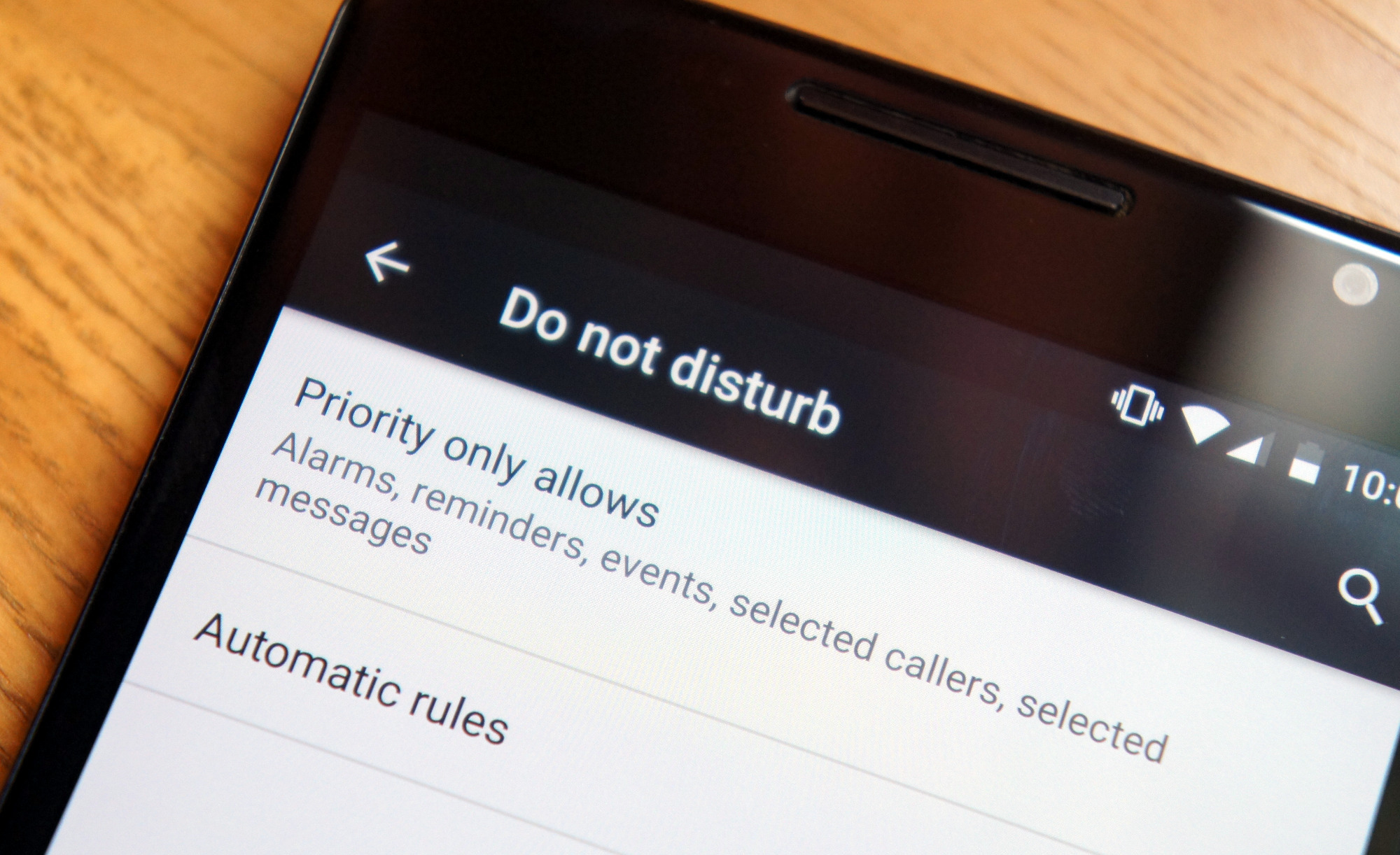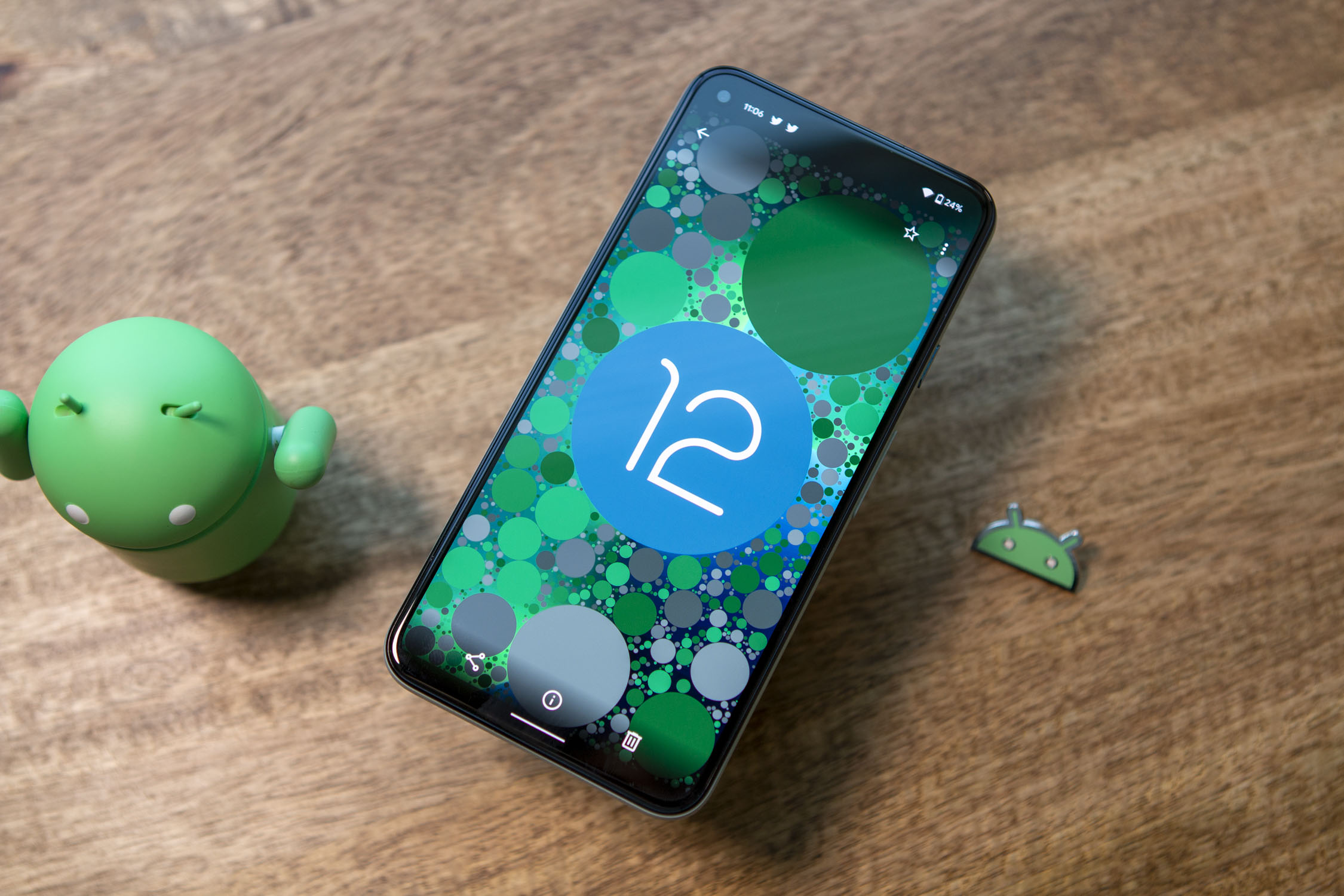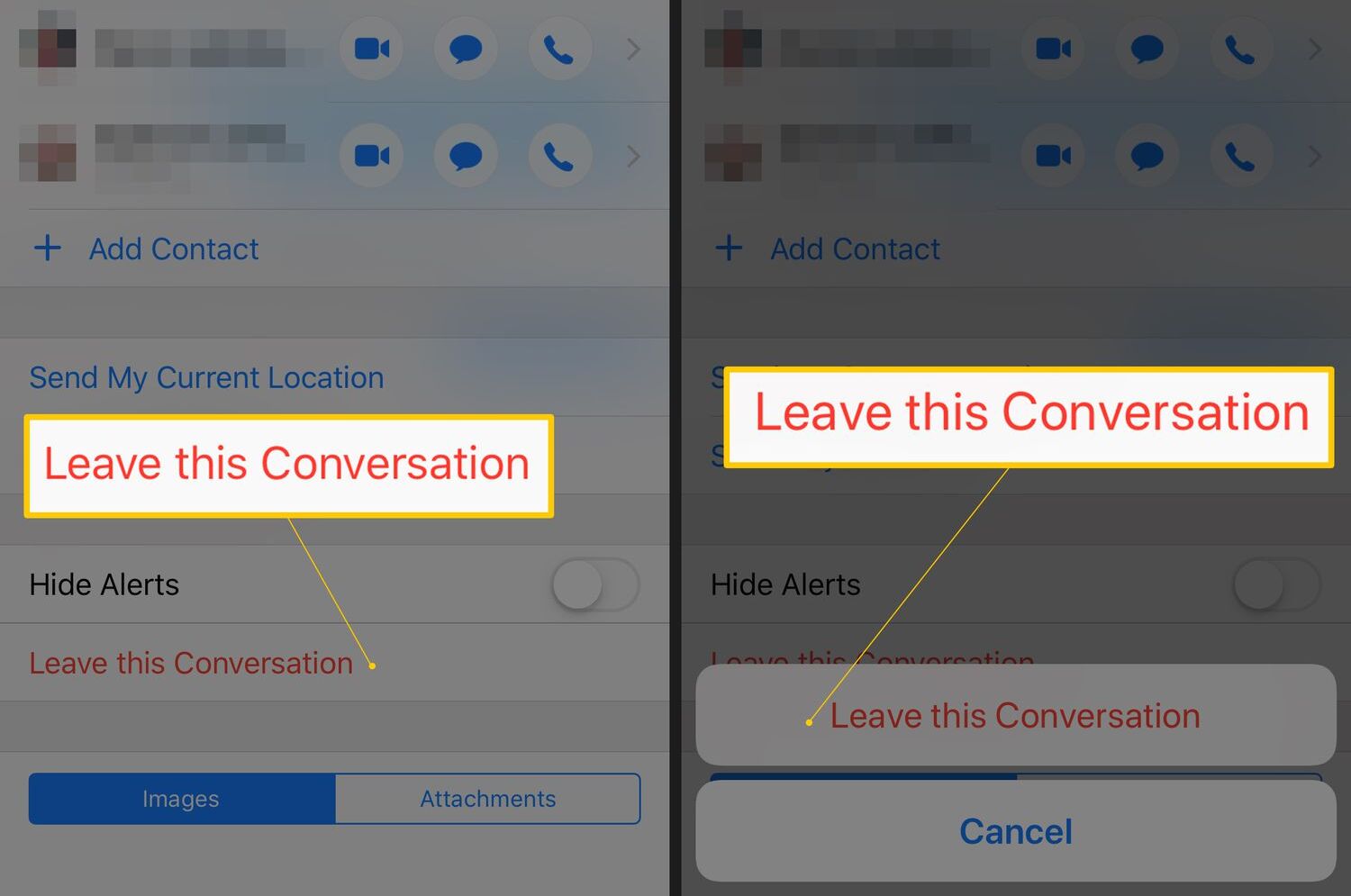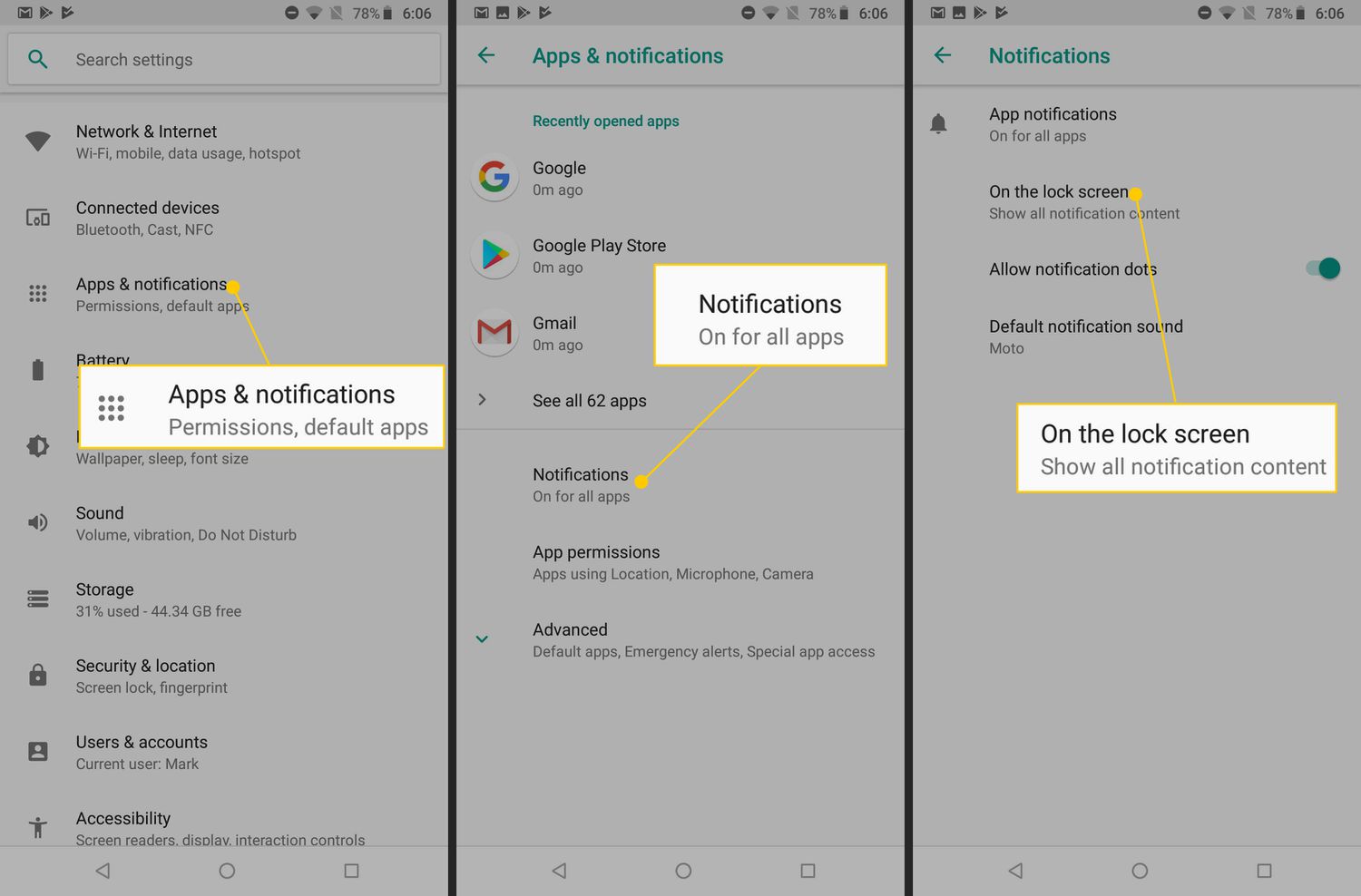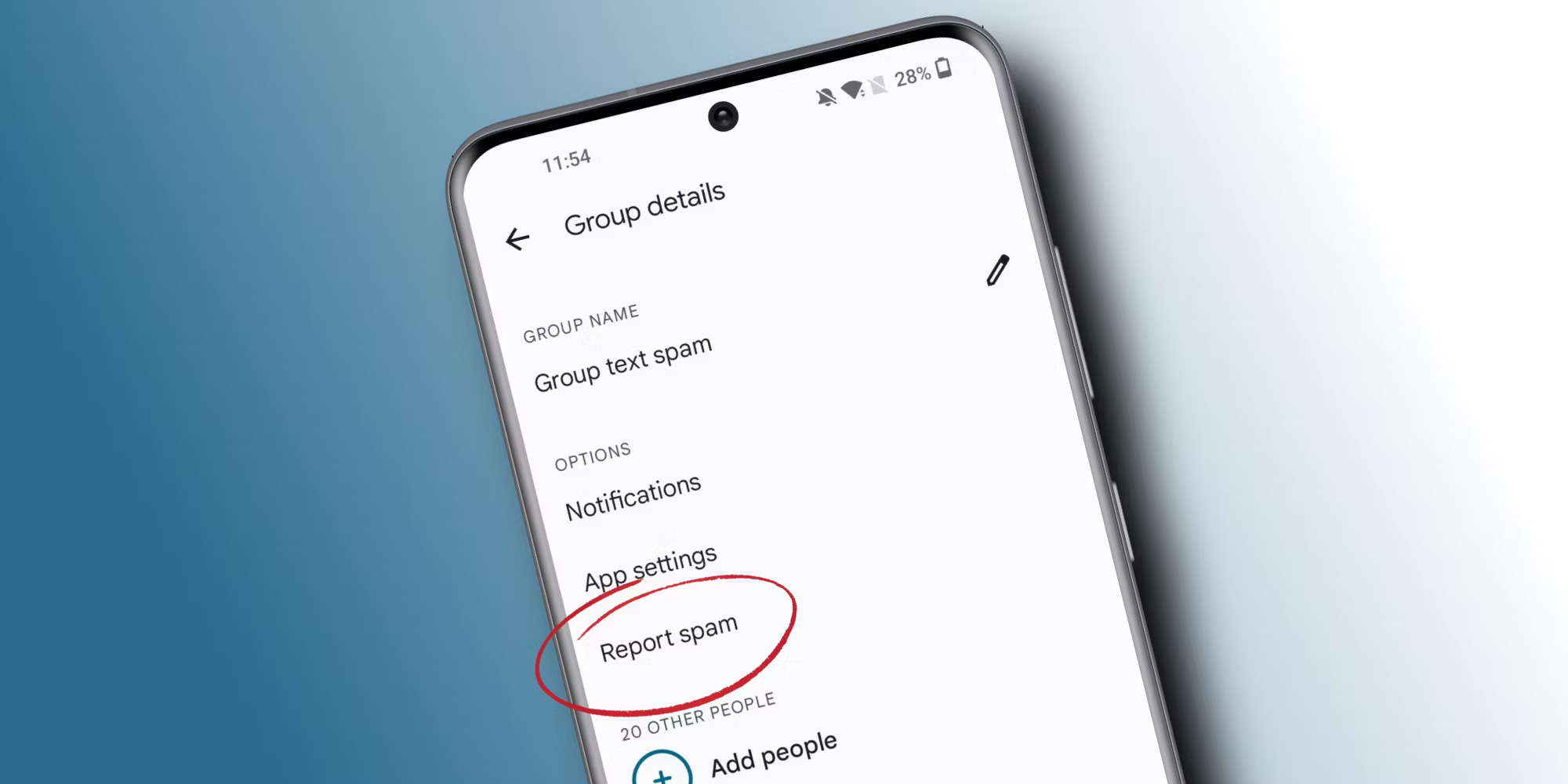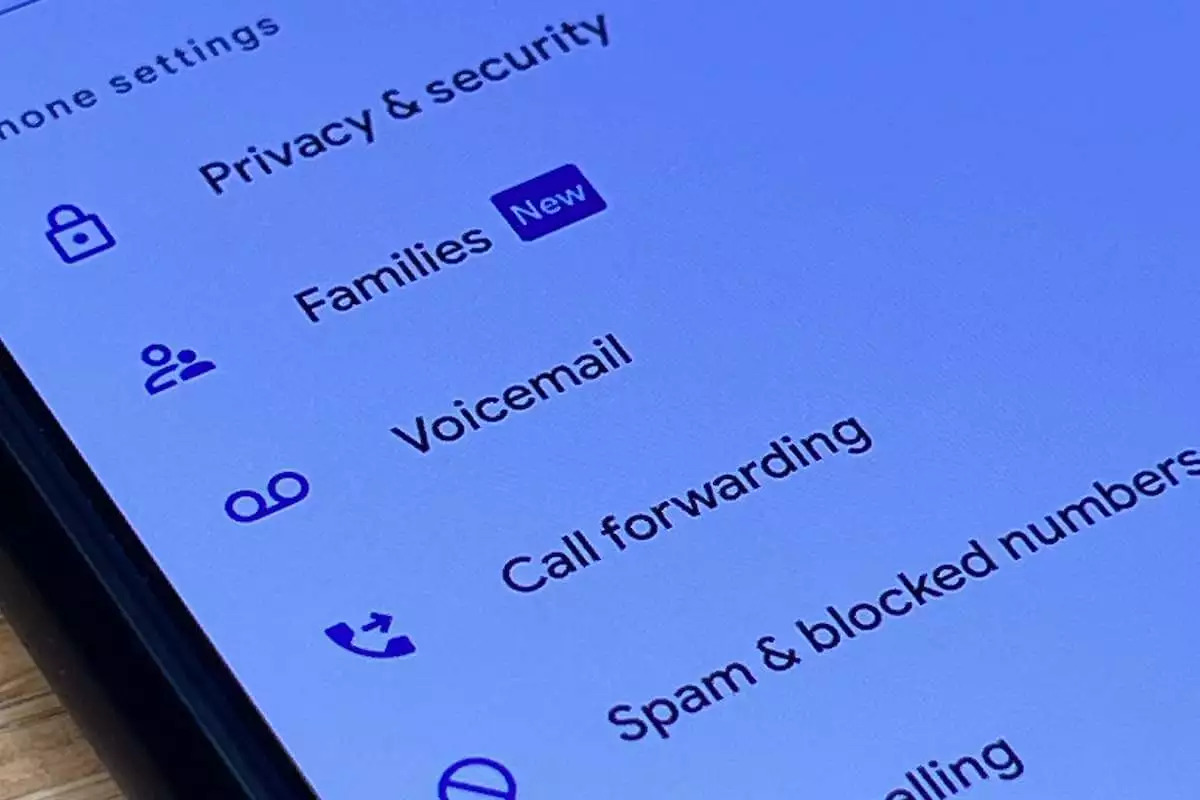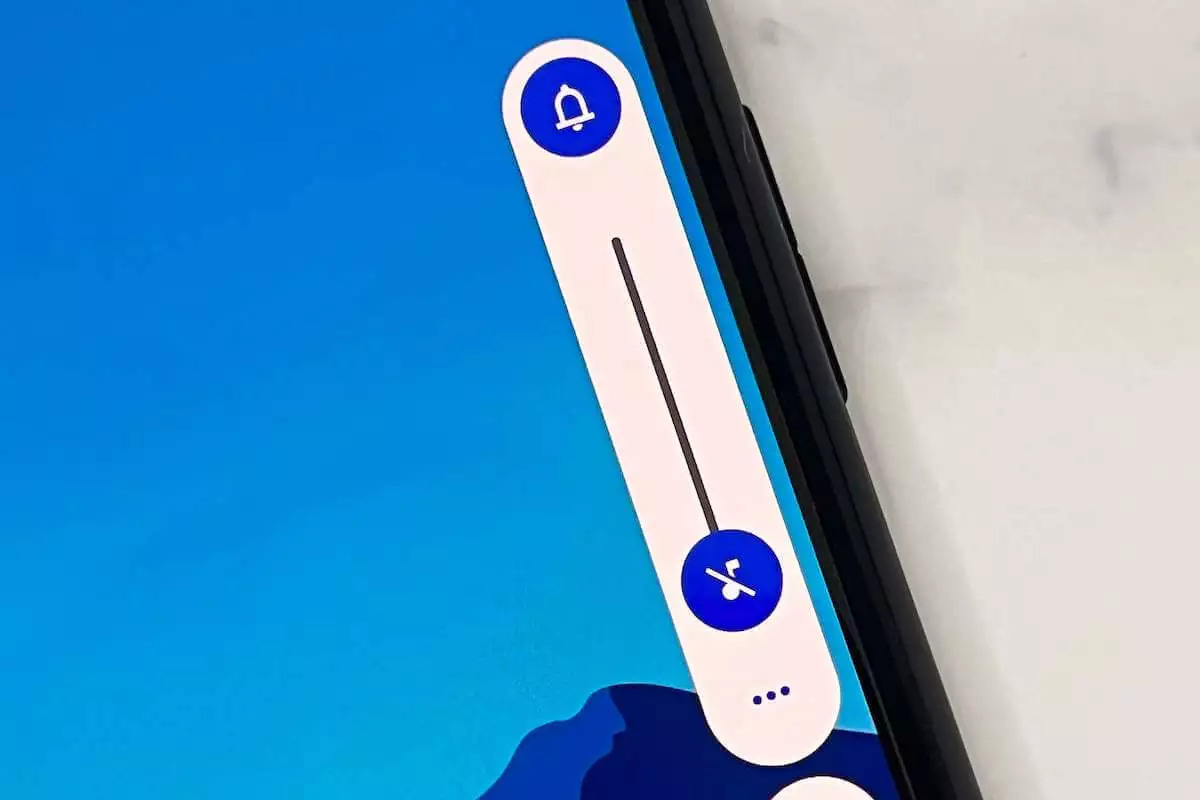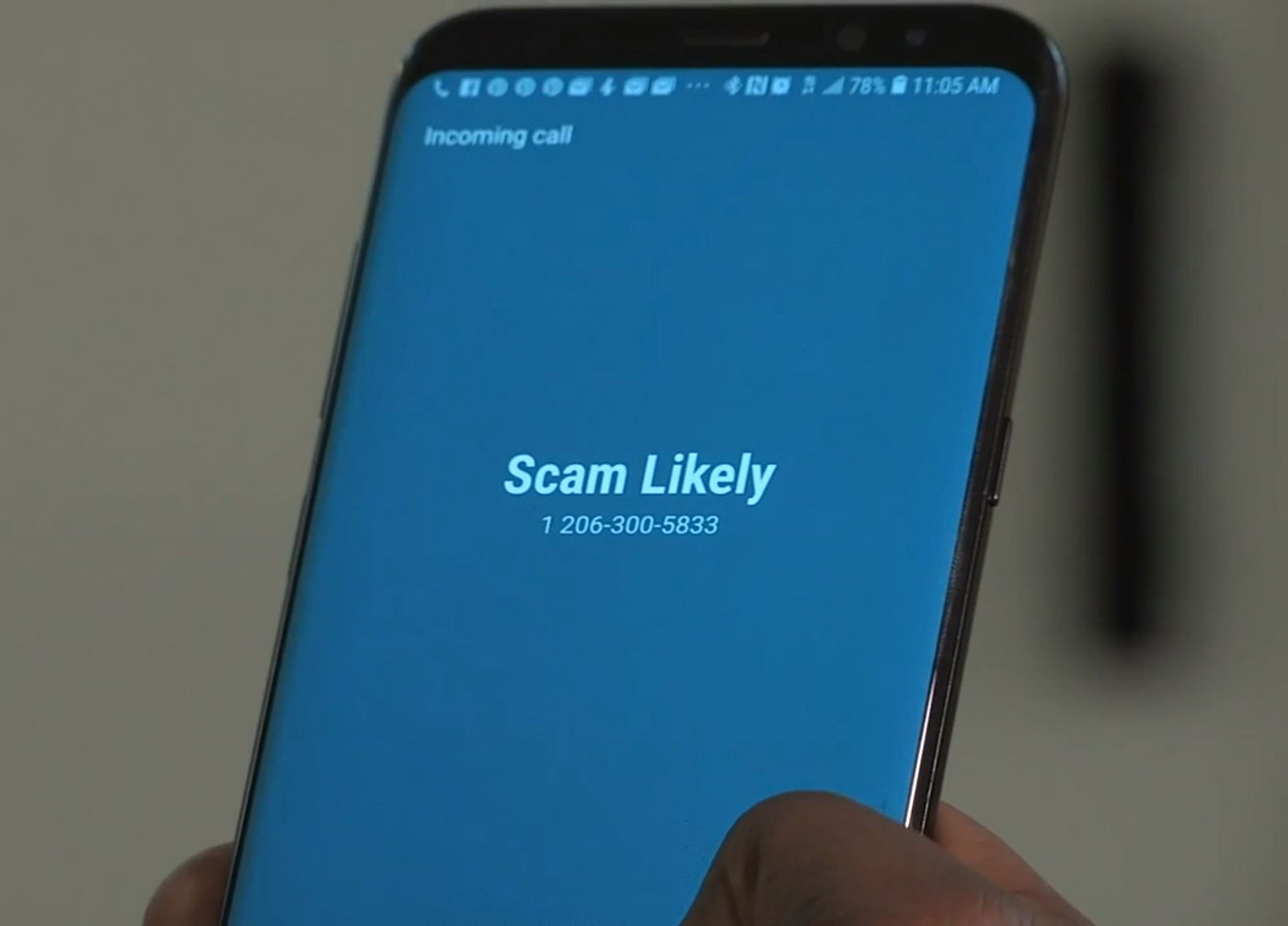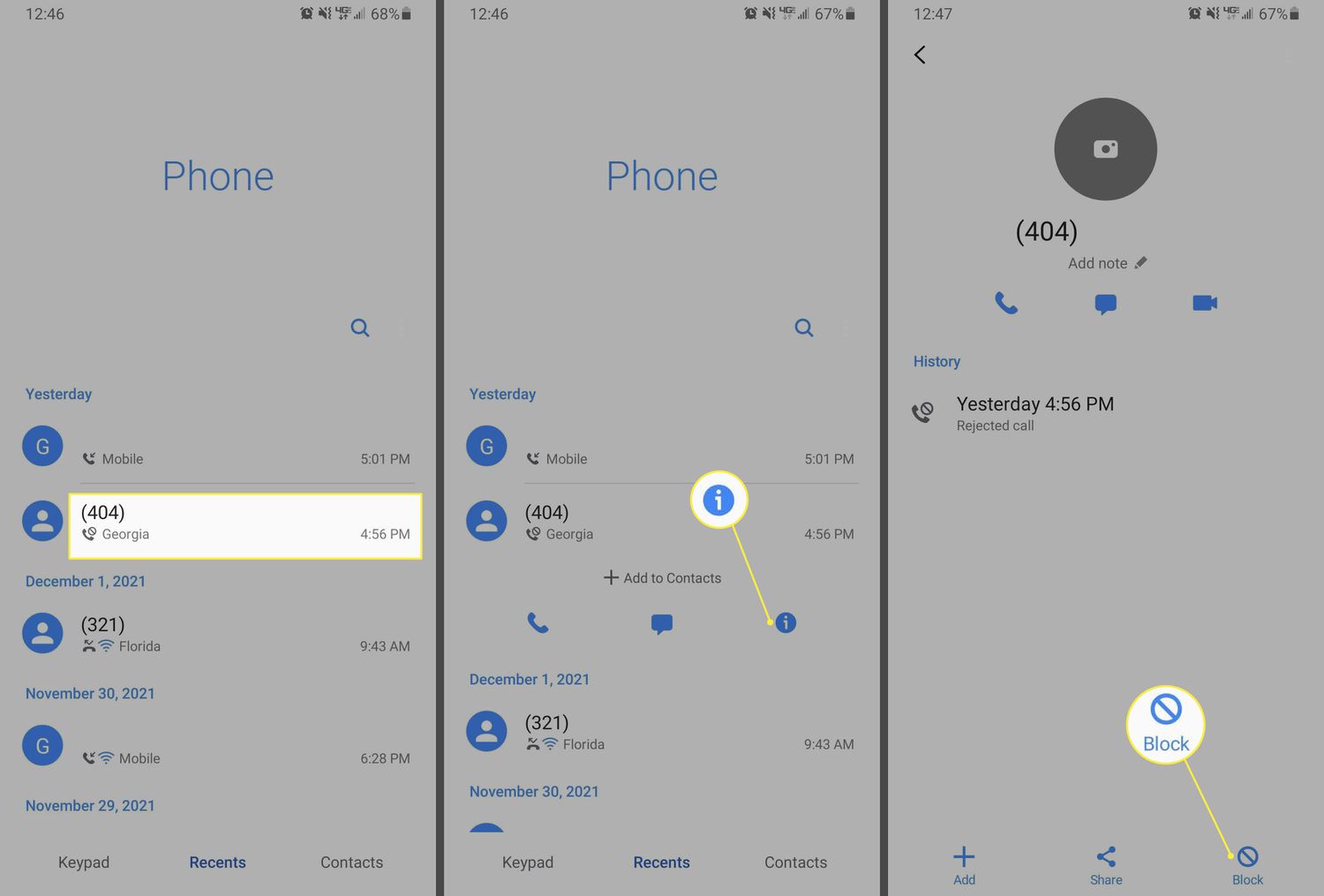Introduction
Welcome to the world of Android, a versatile mobile operating system that powers millions of devices around the globe. Android offers a wide range of features and functionalities to enhance the user experience, and one such feature is Do Not Disturb mode.
Have you ever been interrupted by a flurry of notifications during an important meeting or while trying to get a good night’s sleep? If so, then Do Not Disturb mode is the perfect solution for you. This handy feature allows you to silence your device and manage notifications, ensuring that you stay focused and undisturbed when needed.
Do Not Disturb mode, commonly referred to as DND, is designed to provide a peaceful and uninterrupted experience for Android users. It allows you to control when and how notifications are displayed, giving you the flexibility to customize your device’s behavior to suit your lifestyle.
In this article, we will explore the various aspects of Do Not Disturb mode on Android. We will discuss how to enable it, access its settings, and customize its preferences to meet your specific needs. We will also dive into some advanced features, such as setting exceptions for specific contacts or apps and scheduling Do Not Disturb mode for different times of the day.
So, whether you need to focus on an important task, have a restful night’s sleep, or simply want to enjoy some uninterrupted time, Do Not Disturb mode will become your go-to tool on your Android device.
What is Do Not Disturb?
Do Not Disturb is a feature available on Android devices that allows you to control the notifications and alerts you receive. When you enable Do Not Disturb mode, it silences your device, ensuring that calls, messages, and app notifications do not interrupt you.
This feature is particularly useful when you need focused time for work, important meetings, or when you simply want some uninterrupted relaxation. By activating Do Not Disturb mode, you can create a more peaceful and distraction-free environment.
When Do Not Disturb mode is enabled, you can still receive calls and messages, but your device will remain silent or vibrate only, depending on your preferences. You can also choose to allow certain contacts or apps to bypass the Do Not Disturb settings, ensuring that you don’t miss any important calls or notifications from specific people or applications.
It’s important to note that Do Not Disturb is not just about muting your device. It also allows you to set rules and customizations to manage notifications according to your preferences. You can set specific time periods during which Do Not Disturb mode will be automatically enabled, or even enable it based on your location, such as when you’re driving.
Overall, Do Not Disturb mode is a powerful tool that enhances your Android experience by giving you control over interruptions and notifications, allowing you to focus on what truly matters to you. Whether you need uninterrupted work time, a good night’s sleep, or simply some peace and quiet, Do Not Disturb mode will become your reliable companion on your Android device.
Why Use Do Not Disturb on Android?
Do Not Disturb mode on Android offers numerous benefits that can greatly enhance your daily life. Here are some compelling reasons why you should consider utilizing this feature:
- Minimize distractions: In today’s digital age, we are bombarded with notifications from various apps and services. Do Not Disturb mode allows you to minimize these interruptions, giving you the freedom to focus on tasks at hand without constant distractions.
- Improved productivity: By enabling Do Not Disturb mode during work or study sessions, you can create a distraction-free environment that promotes increased productivity and concentration. You can allocate dedicated time slots to accomplish important tasks without being interrupted by incoming calls or notifications.
- Enhanced relaxation: When you want to unwind or enjoy some quiet time, Do Not Disturb mode ensures that your phone remains silent. This enables you to fully immerse yourself in activities like reading, meditating, or spending quality time with loved ones without any disturbances.
- Uninterrupted sleep: Do Not Disturb mode becomes particularly useful during your sleep hours. By enabling this mode, you can silence your device and avoid disruptive notifications that might wake you up. You can wake up feeling refreshed and well-rested, knowing that you had a peaceful night’s sleep.
- Prioritize important contacts and apps: Do Not Disturb mode allows you to set exceptions for specific contacts or apps. This means that even when the mode is active, you can still receive calls or messages from select individuals or receive notifications from essential apps that you designate as important.
- Improved safety: Do Not Disturb mode offers a driving mode feature that helps keep you safe on the road. When activated, it can automatically respond to incoming calls and messages, notifying the sender that you are driving and will get back to them later. This encourages responsible and distraction-free driving habits.
By leveraging Do Not Disturb mode on your Android device, you can regain control over your time, reduce distractions, and create a more harmonious balance between work, leisure, and personal well-being.
How to Enable Do Not Disturb on Android
Enabling Do Not Disturb mode on your Android device is a simple and straightforward process. Here’s how you can do it:
- Swipe down from the top of your screen to access the notification shade.
- Look for the “Do Not Disturb” or “Notification” icon. It resembles a bell with a line through it. Tap on the icon to enable Do Not Disturb mode.
- Alternatively, you can also access the Do Not Disturb mode by going to your device’s Settings app. Open Settings, then tap on “Sound” or “Sound & vibration.” Look for the “Do Not Disturb” option and tap on it.
- Depending on your device and Android version, you may see different options for enabling Do Not Disturb mode. Some common options may include “Total silence,” “Alarms only,” or “Priority only.” Choose the option that best suits your needs. “Total silence” will silence all sounds and notifications, “Alarms only” will allow alarms to sound, and “Priority only” will only allow specific notifications and calls to come through.
- You can also customize the behavior of Do Not Disturb mode by tapping on “Settings” or “Customize settings.” Here, you can specify exceptions, set automatic rules, and adjust other preferences to tailor the mode to your liking.
That’s it! You have now successfully enabled Do Not Disturb mode on your Android device. The mode will remain active until you manually disable it or until the specified time or conditions for Do Not Disturb mode are met.
Keep in mind that the exact steps and options may vary slightly depending on your device’s manufacturer and Android version. However, the general process should be similar across most Android devices.
How to Access Do Not Disturb Settings on Android
Accessing the Do Not Disturb settings on your Android device allows you to customize various aspects of this mode to suit your preferences. Here’s how you can access the Do Not Disturb settings:
- Swipe down from the top of your screen to open the notification shade.
- Look for the gear or settings icon, typically located in the top-right corner. Tap on it to access your device’s Settings app.
- Scroll down the settings menu and find the “Sound” or “Sound & vibration” option. Tap on it.
- In the Sound settings, look for the “Do Not Disturb” option. Depending on your device, it may be located under the “Sound profiles” section or directly on the main page of the Sound settings.
- Tap on “Do Not Disturb” to access the settings for this mode. Here, you will find various customization options to fine-tune your Do Not Disturb preferences.
- Explore the different settings available to personalize your Do Not Disturb experience. You can adjust settings such as priority notifications, alarms, messages, and exceptions to ensure that important calls or notifications are not missed.
- Depending on your device and Android version, you may also have additional options within the Do Not Disturb settings. These can include automatic rules, which allow you to set specific times or events when Do Not Disturb mode should activate automatically, and behavior settings to customize the mode according to your needs.
By accessing the Do Not Disturb settings on your Android device, you can make specific adjustments and configurations to tailor this mode to your preferences. Take some time to explore the available options and fine-tune Do Not Disturb to create a personalized and optimal experience.
Customizing Do Not Disturb Preferences
Do Not Disturb mode on Android offers a range of customization options that allow you to tailor the mode to your specific preferences. Here are some ways you can customize your Do Not Disturb settings:
- Priority notifications: You can choose to allow certain types of notifications to get through even when Do Not Disturb is active. These priority notifications can include calls, messages, or notifications from specific apps. Customize this setting to ensure you don’t miss any important alerts.
- Alarms: You have the option to allow alarms to sound even when Do Not Disturb mode is enabled. This ensures that you won’t sleep through important wake-up calls or other time-sensitive alarms.
- Messages: Customize how your device handles messages during Do Not Disturb mode. You can choose to mute both calls and messages or mute only calls, allowing messages to come through. You can also specify whether repeat callers within a certain timeframe should be allowed to make the phone ring.
- Exceptions: Set exceptions to allow specific contacts or apps to bypass Do Not Disturb mode. This ensures that you won’t miss important calls or notifications from select individuals or apps that you deem significant.
- Automatic rules: Take advantage of the automatic rules feature to schedule Do Not Disturb mode at specific times or based on certain events. For example, you can set it to activate during sleep hours or when you are in a meeting. This eliminates the need for manual activation and ensures that Do Not Disturb is automatically enabled when you need it.
- Behavior settings: Explore the behavior settings available within the Do Not Disturb preferences to further personalize your experience. These settings may include options like allowing vibrations, controlling media volume, or adjusting visual interruptions.
Depending on your device and Android version, you may have additional customization options within the Do Not Disturb settings. Take some time to explore the available settings and adjust them according to your needs and preferences.
By customizing your Do Not Disturb preferences, you can create a personalized and tailored experience that ensures you stay undisturbed when needed, while still allowing important notifications and contacts to reach you.
Set Exceptions for Specific Contacts or Apps
While Do Not Disturb mode on Android allows you to minimize interruptions, there may be certain contacts or apps that you don’t want to miss notifications from. Luckily, you can set exceptions for specific contacts or apps within the Do Not Disturb settings. Here’s how:
- Open the Settings app on your Android device.
- Scroll down and tap on “Sound” or “Sound & vibration.”
- Look for the “Do Not Disturb” option and tap on it.
- In the Do Not Disturb settings, find and tap on “Exceptions” or similar options like “Allow exceptions” or “Customize interruptions.”
- You will see different categories of exceptions, such as “Calls,” “Messages,” or “Apps.” Tap on the category you want to customize.
- Within each category, you can specify the contacts or apps that should bypass the Do Not Disturb settings. For contacts, you can select individual contacts or groups to allow their calls or messages to come through. For apps, you can choose specific apps that you want to receive notifications from.
- Once you have selected the desired exceptions, exit the settings, and your Do Not Disturb mode will now allow notifications from the specified contacts or apps to reach you.
By setting exceptions for specific contacts or apps, you ensure that you don’t miss important calls or notifications from individuals or applications that you deem significant. This feature is especially useful when you want to stay connected to certain people or stay updated with specific app notifications while minimizing other disruptions.
Take some time to review and adjust the exceptions within the Do Not Disturb settings to tailor them to your specific needs. This way, you can strike the right balance between staying undisturbed and staying connected to the people and apps that matter most to you.
How to Schedule Do Not Disturb on Android
One of the convenient features of Do Not Disturb mode on Android is the ability to schedule it for specific times. This means you can automatically enable and disable Do Not Disturb mode at pre-determined times, ensuring a peaceful and undisturbed experience when you need it. Here’s how to schedule Do Not Disturb on Android:
- Open the Settings app on your Android device.
- Scroll down and tap on “Sound” or “Sound & vibration.”
- Look for the “Do Not Disturb” option and tap on it.
- In the Do Not Disturb settings, find and tap on “Schedules” or “Automatic rules.”
- Tap on “Add schedule” or similar options to create a new schedule for Do Not Disturb mode.
- Specify the start time and end time for the Do Not Disturb schedule. You can also select the days of the week when this schedule should be active.
- Choose the behavior for the scheduled Do Not Disturb mode. This includes options like “Total silence,” “Alarms only,” or “Priority only.”
- Once you have set up the schedule, exit the settings. Do Not Disturb will automatically activate and deactivate according to the specified schedule.
By scheduling Do Not Disturb mode, you can ensure that your device automatically enters a silent state during specific times, such as bedtime or working hours, without requiring manual intervention. This helps maintain a consistent routine and minimizes the need to remember to enable or disable Do Not Disturb mode every day.
Review your schedules periodically to ensure they align with your desired preferences and adjust them as needed. This way, you can have complete control over when Do Not Disturb mode is active, allowing you to enjoy uninterrupted time during specific periods.
Take advantage of the scheduling feature to make the most out of Do Not Disturb mode and optimize your Android experience.
How to Use Do Not Disturb While Driving
Do Not Disturb mode on Android includes a valuable feature that helps promote responsible and distraction-free driving. When enabled, it can automatically respond to incoming calls and messages, informing the sender that you are driving and will get back to them later. Here’s how you can use Do Not Disturb mode while driving:
- Open the Settings app on your Android device.
- Scroll down and tap on “Sound” or “Sound & vibration.”
- Look for the “Do Not Disturb” option and tap on it.
- In the Do Not Disturb settings, find and tap on “Automatic rules” or “Exceptions.”
- Tap on “Add rule” or similar options to create a new rule for Do Not Disturb mode.
- Choose the “Time” or “Event” option, depending on how you want to trigger the driving mode.
- If selecting “Time,” specify the start and end time for the driving mode. If selecting “Event,” choose the “Driving” or “Car” option.
- Set the behavior for the driving mode to “Total silence” or “Alarms only,” depending on your preference.
- Turn on the “Reply with message” or “Send automated response” feature to automatically respond to incoming calls and messages while driving.
- Customize the message that will be sent to inform contacts that you are currently driving and will respond later.
- Once you have set up the driving mode, exit the settings. Do Not Disturb will activate automatically when you start driving and respond to incoming calls and messages on your behalf.
Using Do Not Disturb mode while driving helps minimize distractions and promotes safer driving habits by reducing the temptation to check or respond to notifications. It helps ensure that you remain focused on the road while still providing a courteous response to your contacts.
Review your driving mode settings periodically to ensure they align with your preferences and update them as necessary. By utilizing the driving mode feature in Do Not Disturb, you can contribute to a safer driving experience for yourself and others.
How to Use Do Not Disturb Mode During Meetings or Events
Do Not Disturb mode on Android is incredibly useful for managing notifications during important meetings or events. It allows you to focus on the proceedings without any interruptions from calls or notifications. Here’s how you can use Do Not Disturb mode during meetings or events:
- Swipe down from the top of your screen to access the notification shade.
- Look for the “Do Not Disturb” or “Notification” icon. Tap on it to enable Do Not Disturb mode.
- Alternatively, you can access the Do Not Disturb mode by going to your device’s Settings app. Open Settings, then tap on “Sound” or “Sound & vibration.” Look for the “Do Not Disturb” option and tap on it.
- Depending on your device and Android version, you may see different options for enabling Do Not Disturb mode. Some common options may include “Total silence,” “Alarms only,” or “Priority only.” Choose the option that best suits your needs. “Total silence” will silence all sounds and notifications, “Alarms only” will allow alarms to sound, and “Priority only” will only allow specific notifications and calls to come through.
- Before entering your meeting or event, set your device to “Do Not Disturb” mode. This will prevent any calls or notifications from disrupting the proceedings.
- Remember to customize your Do Not Disturb preferences if needed. You can set exceptions for specific contacts or apps in case you are expecting an important call or notification during the meeting or event.
- Once the meeting or event is over, remember to disable Do Not Disturb mode to resume normal notifications and calls.
- Make use of the scheduling feature to automatically enable and disable Do Not Disturb mode during regular meeting or event hours. Set up a schedule that matches your typical meeting or event times to ensure uninterrupted focus.
By utilizing Do Not Disturb mode during meetings or events, you can create a more productive and focused environment. It allows you to give your full attention to the proceedings without any distractions from your device.
Remember to communicate with your contacts beforehand if you expect an important call or message during the meeting or event. You can set exceptions for specific contacts or apps to ensure their notifications come through during the Do Not Disturb mode, if necessary.
Take advantage of the customization features and scheduling capabilities within Do Not Disturb mode to optimize its usage during your meetings or events.
Troubleshooting Do Not Disturb Mode Issues
While Do Not Disturb mode on Android is generally a reliable feature, there may be instances where you encounter issues or unexpected behavior. Here are some troubleshooting steps you can take to resolve common Do Not Disturb mode issues:
No notifications or calls are coming through:
- Ensure that you have not accidentally enabled “Total silence” mode, which blocks all notifications and calls. Adjust the Do Not Disturb mode setting to “Priority only” or “Alarms only” to allow essential notifications and calls.
- Check if you have set exceptions for contacts or apps. If certain important notifications or calls are missing, review the exceptions and ensure the necessary contacts or apps are included.
- Verify that you have not accidentally enabled “Do Not Disturb mode” for an extended period using the scheduling feature. Adjust the scheduled time or disable the schedule to resume normal notifications.
Automatic rules are not working as expected:
- Double-check the settings for the rule you have set up. Ensure that the start time, end time, and behavior are accurately configured. Edit the rule if necessary.
- Confirm that the correct days of the week are selected if you have set up a recurring rule for specific days. Adjust the days if needed.
- Restart your device to refresh the system and trigger the automatic rule again. Sometimes, a simple reboot can resolve any temporary glitches.
- Check for any conflicting settings or apps that may be interfering with the automatic rule. Disable or adjust any conflicting settings or apps to ensure smooth operation.
Driving mode is not activating:
- Ensure that you have enabled “Driving” or “Car” as the trigger event for the driving mode within the Do Not Disturb settings.
- Verify that location permissions are granted for the system to accurately detect when you are driving. Grant the necessary location permissions if prompted.
- Restart your device to refresh the system and enable accurate detection of the driving mode. Sometimes, a restart can resolve any temporary issues.
If the above troubleshooting steps do not resolve the issue, you may want to consider updating your device’s software to the latest version, as software updates often include bug fixes and improvements. Additionally, if the issue persists, you can seek assistance from your device’s manufacturer or Android support community for further guidance.
Remember that Do Not Disturb mode is a useful feature that can enhance your Android experience. By troubleshooting and resolving any issues, you can fully utilize this feature for uninterrupted focus and a more balanced digital lifestyle.
Conclusion
Do Not Disturb mode on Android is a powerful tool that allows you to take control of notifications and interruptions, enabling you to focus on what matters most. Whether you need to concentrate during important meetings, enjoy uninterrupted sleep, or stay safe on the road, Do Not Disturb mode is a valuable feature that can enhance your daily life.
In this article, we have explored the various aspects of Do Not Disturb mode on Android. We discussed how to enable the mode, access its settings, customize preferences, set exceptions for specific contacts or apps, schedule Do Not Disturb for different times, and use it effectively while driving or during meetings and events. We also provided troubleshooting tips to overcome common issues that may arise with Do Not Disturb mode.
By taking advantage of the customization options and features within Do Not Disturb mode, you can create a personalized experience that suits your lifestyle and specific needs. This feature allows you to silence your device, minimize distractions, and prioritize what truly matters at different times and in different situations.
Remember to review and adjust your Do Not Disturb settings periodically to ensure they align with your preferences and requirements. Keep in mind that the exact steps and options may vary slightly depending on your device and Android version, so refer to your device’s user manual or online resources for specific guidance.
With Do Not Disturb mode as your ally, you can regain control over your time, reduce distractions, and foster a more balanced digital lifestyle. Embrace this feature, optimize its usage, and enjoy the benefits of uninterrupted focus and peace of mind in your daily life.







